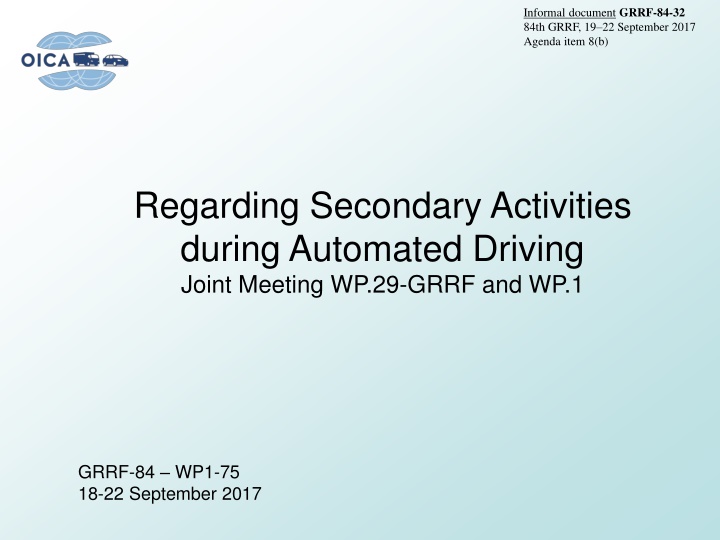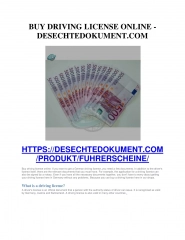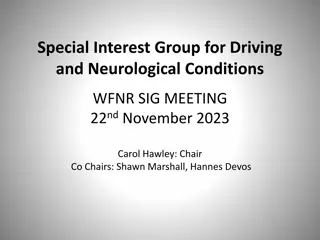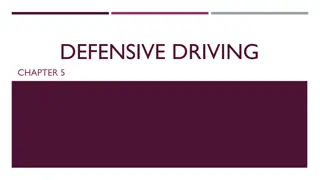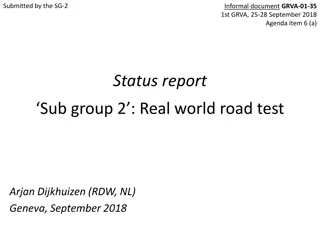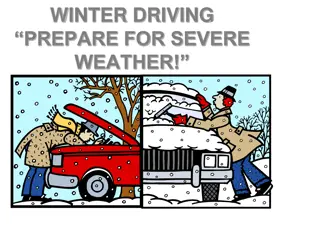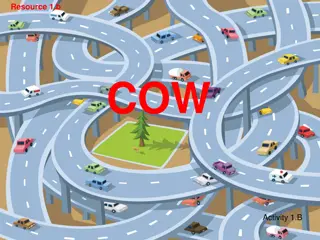Secondary Activities in Automated Driving: Manufacturers Approach
The document discusses secondary activities during automated driving, focusing on manufacturers' approaches at different levels. It covers the integration of communication displays for secondary activities and the shift in driver roles in autonomous driving systems. Additionally, it touches on current traffic laws in relation to driver obligations and vehicle technology standards to minimize distractions.
Download Presentation

Please find below an Image/Link to download the presentation.
The content on the website is provided AS IS for your information and personal use only. It may not be sold, licensed, or shared on other websites without obtaining consent from the author.If you encounter any issues during the download, it is possible that the publisher has removed the file from their server.
You are allowed to download the files provided on this website for personal or commercial use, subject to the condition that they are used lawfully. All files are the property of their respective owners.
The content on the website is provided AS IS for your information and personal use only. It may not be sold, licensed, or shared on other websites without obtaining consent from the author.
E N D
Presentation Transcript
Informal document GRRF-84-32 84th GRRF, 19 22 September 2017 Agenda item 8(b) Regarding Secondary Activities during Automated Driving Joint Meeting WP.29-GRRF and WP.1 GRRF-84 WP1-75 18-22 September 2017
Introduction Secondary activities have also been referred to as side activities/tasks, non-driving activities/tasks, secondary tasks Secondary activities in the context of automated/autonomous driving (Level 3 -5) mean activities that go beyond the use of e.g. radio/navigation/Air Conditioning/Heating systems etc. that are established today for manual/assisted driving. Examples of secondary activities for automated driving: reading and writing e-mails, texting, etc. (see also ITS-AD-06-05) OICA proposes to use the term secondary activities
Manufacturers Approach For secondary activities in the context of Automated Driving Systems (i.e. Level 3 and some Level 4 systems): Manufacturers focus on vehicle integrated communication displays for the use of secondary activities (so called infotainment systems ) that are operated from the driver s seat On-board integrated solutions for secondary activities are developed under full control of the vehicle manufacturer. On-board integrated infotainment can be controlled by the automation system: in case of a take-over request, secondary activities are automatically terminated by the system (i.e. the projection on the screen instantly vanishes and the takeover request is instead displayed) Automation system ensures sufficient lead time for a safe take- over Note: Levels 3 & 4: Automated Driving functions that still require a driver either during or at the end of the use-case.
Manufacturers Approach For secondary activities in the context of Autonomous Driving Systems (i.e. some Level 4 and Level 5 systems): The conventional driver becomes a passenger . Driver take-over not relevant anymore. Passenger s distraction is not a safety issue anymore Note: Autonomous Driving Functions (Level 4 & 5) are those functions which do not require a conventional driver
Secondary Activities in the traffic laws as of Today Traffic laws regulate the obligations of the driver while technical vehicle regulations define a minimum level of requirements to ensure road safety. Traffic laws: As of today, there are national differences regarding secondary activities that are permitted and drivers themselves have to decide if and when they use them (in compliance with national traffic law). Vehicle technology: For manually driven vehicles, the manufacturers have committed to HMI principles/guidelines (e.g. European Standard of Principles, ESoP) to minimize driver s distraction while driving.
Current Status WP29/IWG ITS-AD and GRRF ITS-AD-12-05-3: The driver may perform secondary activities only with appropriate reaction times when using automated driving functions of Levels 3 and 4 (there is still a driver). Recommendation that the vehicle built-in displays are used for secondary activities since they can be controlled by the automated driving function. ACSF-06-28 Para 5.6.1.4.6.: In case the vehicle is fitted with a built-in infotainment system, content visible to the driver, which is not relevant for driving, shall be deactivated as long as a transition demand is issued. The system performs emergency manoeuvres, the driver is not expected to intervene immediately as at Level 1 and Level 2 (assisted driving). The system initiates the minimal risk manoeuvre if no manual takeover is detected following a takeover demand
Current Status WP1/IGEAD Two leading principles (Levels* 3 & 4): 1. Secondary activities shall not prevent the driver from responding to demands from the vehicle systems for taking over the driving task 2. Secondary activities shall be consistent with the prescribed use of the vehicle systems and their defined functions. Application of these principles is subject of the national traffic laws and may be further regulated nationally Ongoing debate at WP.1 on how to manage the agreed principles in the Vienna Convention Levels 3 & 4: Automated Driving functions that still require a driver either during or at the end of the use-case. *
Next Steps Good collaboration between WP.29 and WP.1 will permit avoiding any legal gap(s) between the driver s requirements and the vehicle s construction requirements The intended use of automated driving functions of Levels* 3 and 4 can be further detailed by the industry Collaboration between the WP.1 and WP.29 relevant groups is key in the process of exchanging knowledge and approaches in regulating automated and autonomous driving functions. Autonomous Driving Functions (Level 4 & 5) are those functions which do not require a conventional driver *
